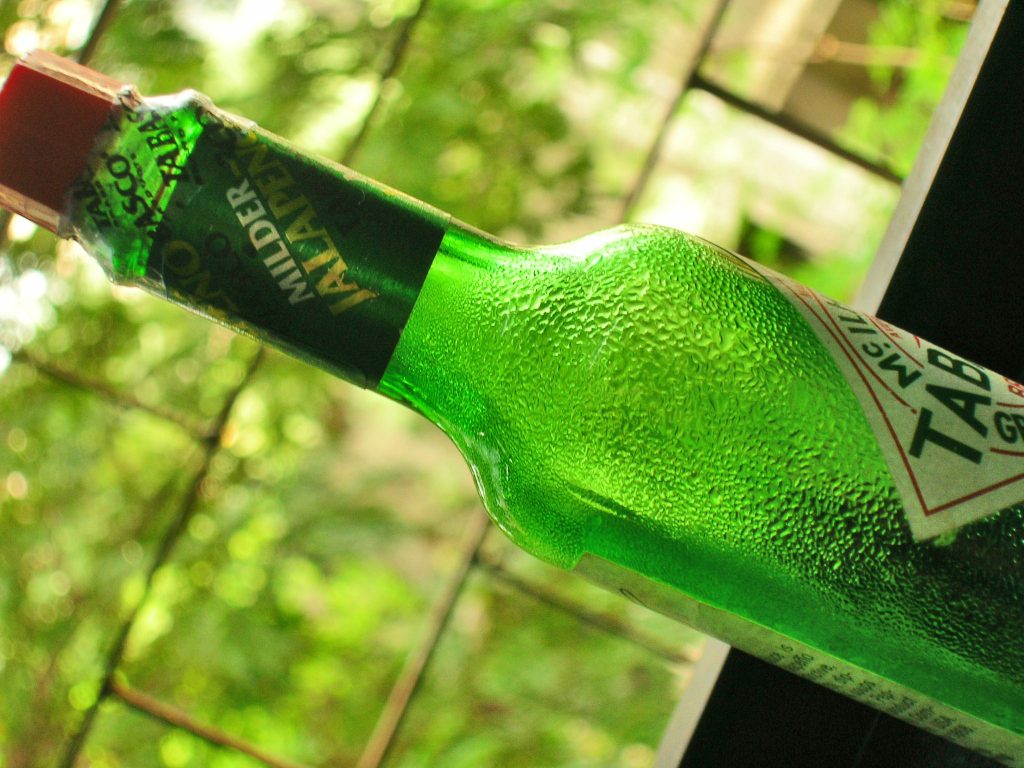We have already discussed in our first post for the mental health week, the exercise of creating present moment awareness through looking, through isolating one sense at a time and focusing on it in order to be mindful, or in the present.
Most of you who have been following the posts this week we are sure are already into the mindfulness groove. Hence for the last two posts for the week, we take you a little deeper into the mindfulness experience. Before I introduce you to today’s exercise, just a little background:
Background: A Deeper Step into Being Mindful
As you know by now, mindfulness or being mindful is an attempt to experience the present by being just there, in the moment, as it unfolds, watching what it has to offer. However, as adult human beings we are attuned to “thinking” about what we are seeing. We analyze what we see, sometimes consciously but mostly subconsciously. We describe moments as good, bad, joyful, boring, happy, painful and sad. We describe objects as being soft, hard, repulsive, tasty, ugly, beautiful and so on. What is happening is that a thinking mind like ours is using language to express itself and interpret what it sees. We find it very difficult to not think about something or not to express it to ourselves in words. The deeper level of mindfulness is about letting this tendency go momentarily. It is about just watching, without interpreting, without using language to describe it even to ourselves.
Why attempt not to interpret?
The reason is simple. Language and interpretation cannot have as many nuances as the situation does. Let me explain. You drink a soup. You like it. You tell yourself or someone dining with you, it is tasty or it is hot or spicy or sour, or thin or thick… Now think about it… is that all your soup is? Isn’t there more to it? Aren’t there many more flavours, memories associated with those flavours, hints of tastes of different ingredients and a whole lot of features that neither I can describe nor can you express using merely the language we have at our disposal, even if it is a highly descriptive refined language that we use…Not interpreting or ‘labelling’ the soup helps you to just be in the present, taste it as it is, and enjoy the flavours it has, without trying too much to analyze and understand what about it makes you like it. Of course I’m not asking you to not share your joy of a good soup with others or to not talk at all! But to just experience, sometimes…
Just like this soup, in life too, we label people or our experiences, and then those people and those experiences become confined to what we think of them. We lose the ability to experience them as they are. Try to remember a time, when you thought of someone as a nice person and then had difficulty accepting the ‘not so nice things’ that he or she did! Or go back to a situation which you think of as painful. Were there no good times you had during that time? Didn’t you laugh even once during the period of time that you were troubled by the situation? The truth is you would have! That’s the reality of it! However in trying to describe anything using a few words or even sentences, we strip it of any other experience that is also a part of it.
Hence this deeper level of mindfulness of watching without language or labelling is about experiencing life as a whole, with all its components without interpreting or giving names to anything and by just experiencing instead.
You don’t need to attempt this for all the things at all the times, but as you get more used to it, definitely attempt this for some people or situations at least some of the time.
How to be Mindful : Exercise 6
To start you on this, here is a beautiful exercise that our therapist Kunjal Shah often uses as part of her sessions: The mindfulness exercise of “Looking At What We Know As a Bottle.”
Kunjal’s words begin 🙂 :
Hold a bottle in your hand. Any bottle would do.
This time, look, and I mean, REALLY and ONLY LOOK. This may sound simple, and it becomes simple too upon frequent practice: ‘Only looking’ means looking WITHOUT thinking. Basically we are isolating one sense- To See. Thinking seems to be automatic and constant, but it is not seeing, and in this allotted time for ‘looking’ at the thing we call Bottle, all we will employ is our sense of sight. How do we do this in action?- By looking without using words.. First to slowly look at the curves, angles, light reflected, shades, texture, details.. WITHOUT using descriptive words or adjectives like nice, good, bad, smooth, rough, etc. Simply observe without paying attention to your preferences or likes and dislikes about aspects of the bottle. 🙂 Take your time.. let seconds melt into minutes as you look and observe details of the bottle.
Done?
Next.. Yes, there is a next step 🙂 : Remove all words. No adjectives or even nouns.. So for eg.. what we’d refer to as a curvy green bottle will be..? Nothing. Cause we do not need/ require words to actually look. Language means using thought. And right now, the exercise is only to look, not to think. Try it for 2 full minutes to begin with. You may increase the time once you get comfortable doing this.
The experience is to be experienced, not discussed. The how to do steps though, needed explaining, which is done, now let us not analyse further or think ..before trying this out in action.
Sight is one sense. We can slowly try with hearing and listening too. For listening though, one can directly begin with longer duration- again, HEAR, do not word out the sources of sound and get ready to hear different levels and layers in it
Wish you various levels of mindfulness in each minute that fill the day!
Do share with us your experiences with mindful living through comments on our site.
Post contributed by: Sadia Raval and Kunjal Shah


